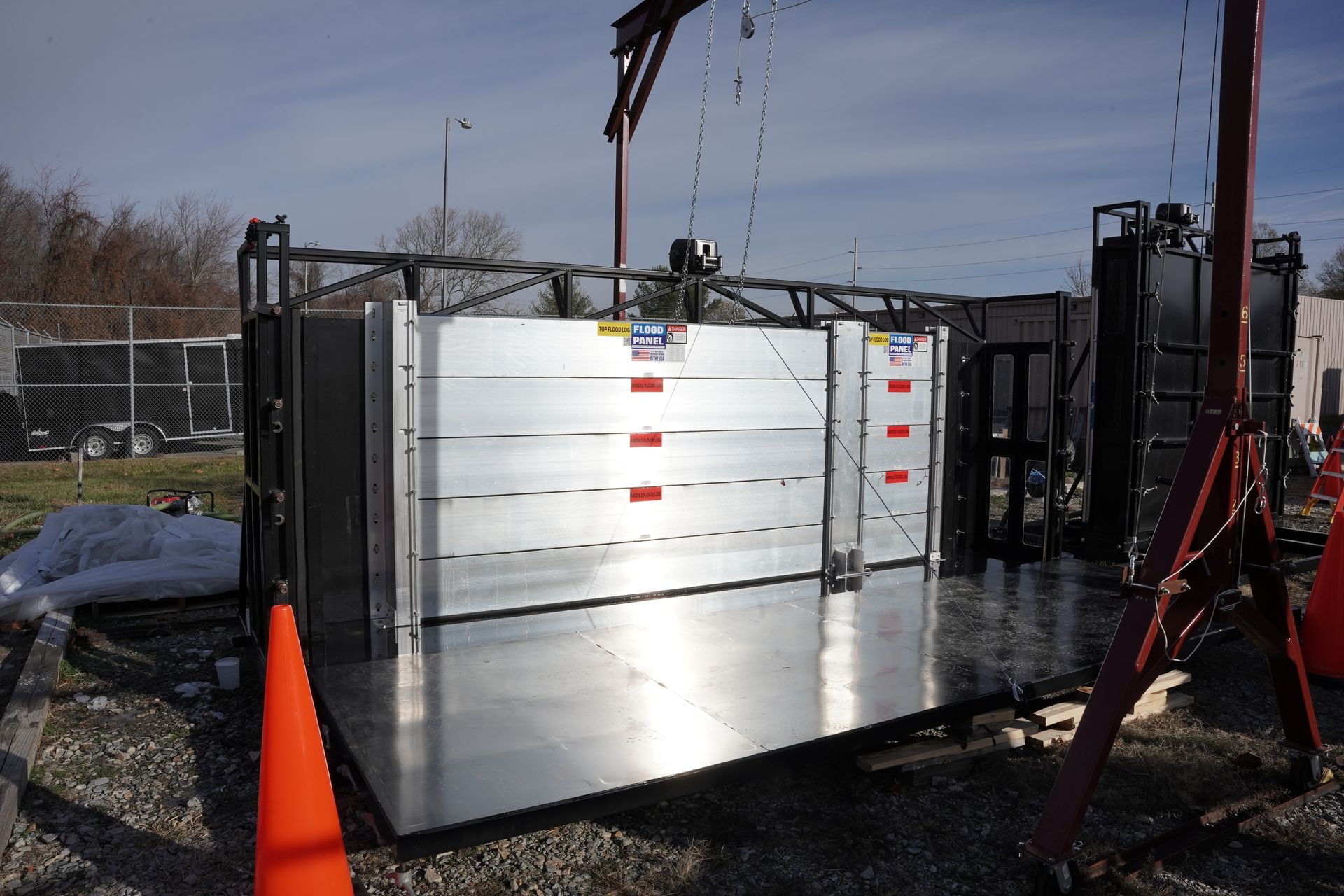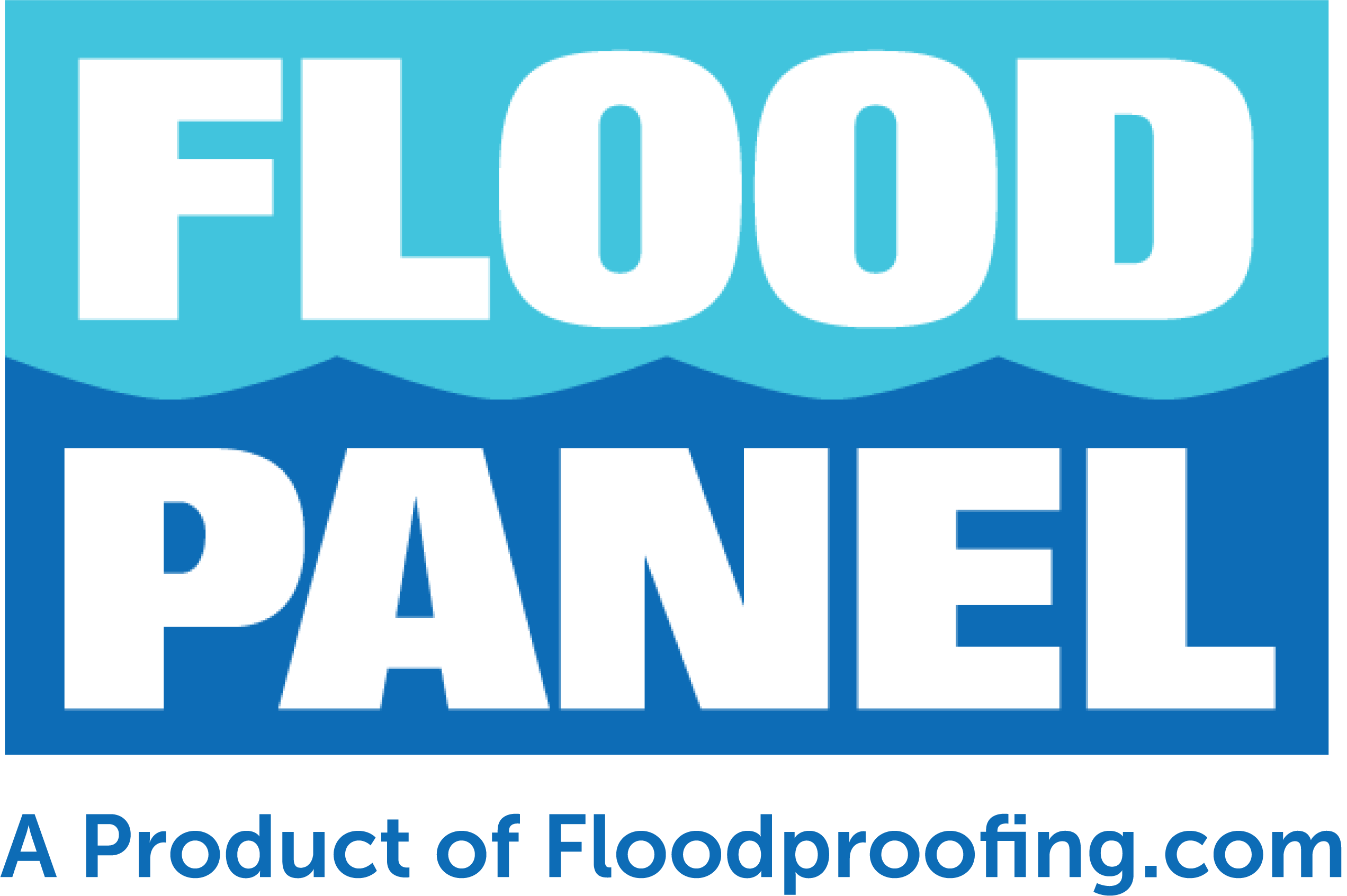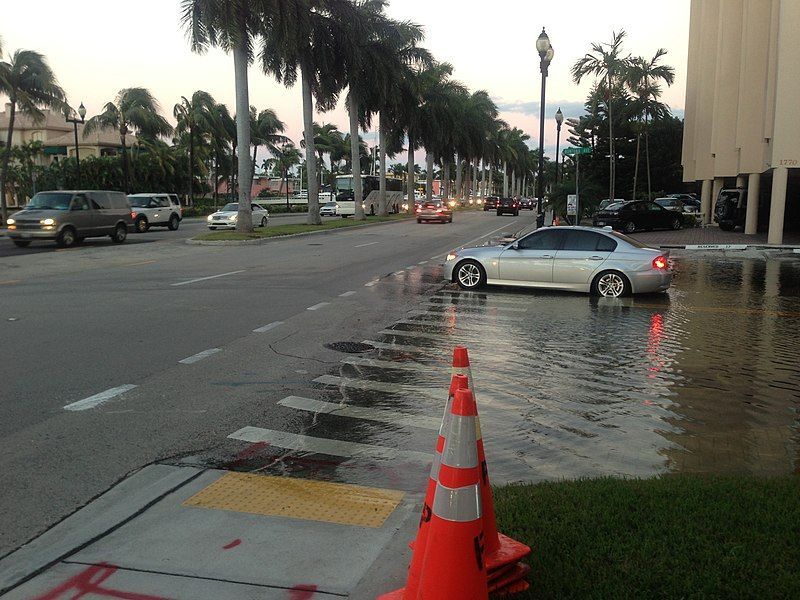Page 25
Media Contact
Email: media@floodpanel.com
New York City was struck by devastating flash floods in the year 2007, followed by massive damage from Hurricane Sandy just five years later. During both these events, the transit system of the metropolis suffered catastrophic destruction, from which it is still recovering. Not surprisingly, those who are charged with maintaining the NYC transit system are eager to avoid any repetition of this scenario.
The NYC transit system is operated and controlled by the city’s Metropolitan Transit Authority (MTA), and ever since Hurricane Sandy this agency has been literally going to the ends of the earth in order to protect the transit system from future storms and floods. Officials from the MTA’s infrastructure and facilities department have explored the flood-proofing solutions used in other parts of the world — from South America to Tokyo — without finding the definitive protections needed by the huge transit system that serves NYC. Lacking a ready-made solution, engineers and planners have made the decision to create their own flood defense plan.
MTA head Thomas Prendergast, along with Housing & Urban Development Secretary Shaun Donovan and Governor Andrew Cuomo, inspecting a removable subway stair flood control cover at the Whitehall St. Station/Marc Hermann, MTA
The first step was to examine the vulnerabilities of the transit system, and to determine the most critically important areas; equipment and infrastructure that needed absolute protection from floodwaters. It was not difficult to find the vulnerabilities. Every manhole cover, ventilation bay, subway access tunnel, access stairway, and even the main subway train station itself currently allows storm water to flood into the underground tunnels and stations. Nine of the NYC subway tunnels pass beneath rivers and other waterways, making them extremely likely to fill with water in a big storm. But already, ingenious devices are being developed and implemented.
Let’s take a look at the problem of the ventilation bays and manhole covers. These access points are necessary for underground ventilation as well as access for repairmen. Located directly on the street or sidewalk, they are extremely leaky and admit water freely, even in the smallest storm. However, they cannot simply be made watertight, because ventilation from these points is required below. Now, a clever flood barrier has been devised explicitly for these access points. The device is a tube or box that descend down into the ventilation bay or manhole, with a remotely-controlled switch that can be activated to close the box at the bottom. The ventilation bay or manhole is then sealed off by the flood barrier, and it simply fills up without allowing the water into the underground subway tunnels.
Another example are the flexible flood panels that can be deployed over pedestrian stairways leading down into the subway. These lightweight, flexible, yet super-strong flood panels seal off these critical entry points, holding back massive amounts of water that would otherwise go rushing into the station and tunnels.
Although the NYC MTA is performing work and laying plans that is of critical importance to the city, there have been accusations of wastage and redundancy, as the MTA is said to be working independently of the global plan to protect NYC from storm flooding and rising sea levels. In her series entitled Stormproofing the City The Guardian’s Lilah Raptopoulos interviews John O’Grady of the MTA, and he defends his work as necessary and critical. “There’s always the potential for overlap,” he explains, “but sometimes you have to fix things while you’re waiting for that overlap to materialize. And I think the best course of action is for each of these agencies, like Con Edison, Transit, and the Department of Environmental Protection, is to go about fixing and hardening their systems while the global approach works through its necessary environmental and funding process.”
Source:: FloodBarrierUSA
In the aftermath of Hurricane Sandy, an aggressive planning process was put into place to prevent future disasters in New York City. The process included a competition to design new flood defense projects, and the results were stunning. One of the most interesting and beautiful projects that emerged from this competition has been dubbed the Dryline Project.
The Dryline Project was designed by a Danish firm called the Bjarke Ingels Group (BIG). The project is extremely ambitious and aesthetically very pleasing. Dryline envisions a green ribbon of inviting parks, paths, and wetlands that cleverly conceal berms, flood barriers, and flood panels that will pop into place in the event of flooding.
Global Holcim Awards Bronze 2015 – “The Dryline”: Urban flood protection infrastructure, New York, NY, USA. BIG – Bjarke Ingels Group (Copenhagen/New York) and One Architecture (Amsterdam), in collaboration with the City of New York, propose a protective ribbon in Southern Manhattan using a series of raised berms and other measures to create public spaces along the water’s edge, forming a large-scale integrated flood protection system.
One of the central features of the plan consists of a series of ‘bridging berms’, that would be installed all around the waterfront, protecting the low-lying areas of Manhattan. It would essentially be a raised berm of earth that is beautifully landscaped with soil-holding vegetation. This green belt of raised earth would serve two purposes: protecting homes and businesses in vulnerable Manhattan, and providing recreational opportunities and beautification of the waterfront areas- to be enjoyed by everyone. Included in the plans are a series of public pools, cycle paths, art spaces, and a multitude of improvements that could become a world-famous tourist attraction- all while providing robust flood protection for the city.
The BIG designers envision the Dryline project as something that will attract people with its recreational and aesthetic appeal, all the while concealing state-of-the-art flood protection that will deploy automatically. During dry conditions, the automatic flood panels will be placed in such a way as to maintain sea views and access to the waterfront. Raised platforms that are actually flood barriers will be used for open community classes such as martial arts or exercise groups.
One interesting aspect of the planned improvements would include a “reverse aquarium” near the waterfront. This aquarium is envisioned as a part of the huge flood-wall that will feature a very thick pane of clear plexiglass, enabling viewers to see the underwater world that exists off the Manhattan shoreline. The reverse aquarium offers seating areas for those wishing to contemplate the undersea vistas, and it also includes signage that explains rising sea levels and the changes wrought by humans upon the planet.
As the planet warms up, hurricanes and destructive storms will become more and more frequent- and more deadly- in the densely populated US East Coast. Projects like Dryline may not fully prevent storm damage, but they will go a long way towards minimizing the impact from these inevitable events. And when the project combines flood protection with beautifully designed pavilions, recreational opportunities, and lovely public green spaces- everyone wins, even during dry weather.
Source:: FloodBarrierUSA
Heavy rains in the New York area last month resulted in flash flooding across the region and brought back traumatic memories of Hurricane Sandy for some residents. The boroughs of Staten Island, Queens, and Brooklyn were the most impacted parts of the city, with Newark and Hoboken in neighboring New Jersey also flooded.
Luckily, the storm began on a Sunday evening, lessening the impact to commuters and business. The rate of precipitation was extremely high, with 2 to 3 inches of rain falling every hour while the worst of the tempest passed through the region. Low-lying areas were flooded almost immediately, unable to channel off the water quickly enough. The Daily News reported that one unfortunate man lost his car almost immediately during a flash flood on the Long Island Expressway:
“The car in front of me stopped, so I stopped, and all of a sudden my car filled with water. It rose so quick it was up to my waist in minutes,” said Stephen Mitchell, 67, of Pennsylvania. He said his $135,000 2014 BMW M6 was totaled in floodwaters on the Long Island Expressway near Utopia Parkway late Sunday.
Flash flooding caused closure of major expressways and railroad lines, downed power lines, and caused flight delays at local airports. The rains lessened as Monday dawned on the region, but unfortunately it began to rain again later in the day, and commuters faced the threat of flash floods during the evening hours. By Monday afternoon, the whole city was under a flash flood warning issued by the National Weather Service (NWS).
Later in the day, as rains refused to let up, the NWS extended the flood warnings to the entire tri-state area. Land that had already been saturated over the weekend simply ran off the water into choked canals, storm drains, and inundated any low-lying areas. Thousands of homes and businesses were left without power as power lines and trees were downed, and maintenance crews struggled to repair them under dangerous conditions.
One bizarre result of the flooding was the appearance of very large fish swimming through city streets in Newark and Hoboken, as natural rivers and waterways merged with roadways. There were so many fish that officials felt it necessary to release public health warnings to residents to avoid catching or eating the fish, as they may have been exposed to toxic substances during the flooding.
In addition to stranded fish, there were many motorists left surrounded by water on roadways in New Jersey and New York. These roads were dry one minute and flooded the next, taking many drivers by surprise. New York City is a very low-lying metropolis, having been built atop reclaimed swampland, and it is very vulnerable and prone to flooding. This threat will only continue to get worse in the coming decades, as climate change, storm surges, sea level rise, and erosion all collaborate to flood this heavily populated zone time and time again.
Source:: FloodBarrierUSA



